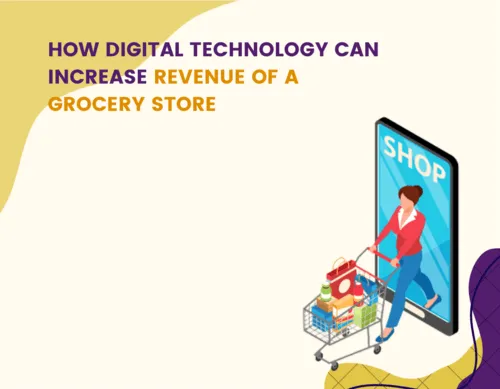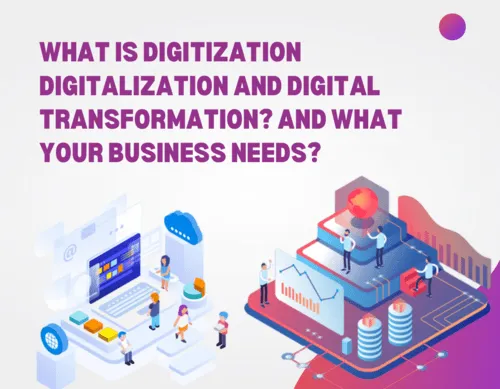
What Are Digitization, Digitalization, and Digital Transformation?
Digitization, digitalization, and digital transformation are terms that are often used interchangeably. Learn the differences between these three concepts. Digitization, digitalization, and digital transformation are commonly thought to be different words for the same thing, but they’re three separate technology concepts with different implications for your business. Digitization converts analog data into digital format, digitalization improves processes, while digital transformation is a complete paradigm shift to reshape organizations by leveraging technology.
1. Digitization: The Foundation:
Digitization is the process of converting analog information into digital formats. This lays the groundwork for modern data management. It involves activities such as scanning physical documents, converting paper records into electronic databases, or digitizing customer records. Digitization improves data accessibility and minimizes physical storage needs.
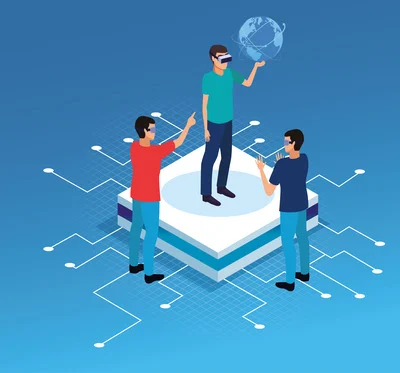
2. Digitalization: The Process:
Digitalization goes beyond digitization by using digital data and technology to enhance business processes. It focuses on streamlining operations and improving efficiency. For instance, adopting a customer relationship management (CRM) system to automate sales processes is a form of digitalization. It makes tasks faster, more accurate, and responsive to customer needs.
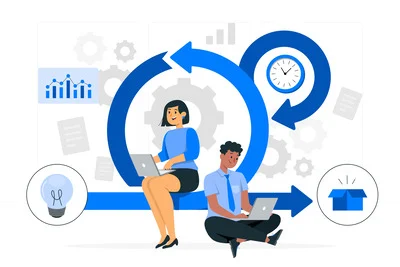
3. Business Process Optimization:
For businesses aiming to improve efficiency and reduce costs, digitalization is an excellent starting point. Optimize workflows, reduce manual interventions, and automate repetitive tasks to free up valuable resources.
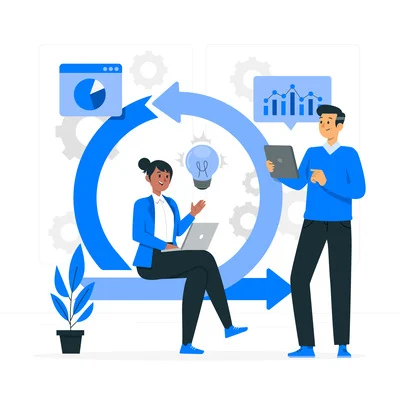
4. Enhanced Customer Experience:
Digital transformation is critical for businesses seeking to stay competitive and meet evolving customer expectations. It allows you to create personalized customer journeys, offer seamless multichannel interactions, and gather actionable customer insights.

5. Digital Transformation: The Evolution:
Digital transformation represents a holistic change in the way a business operates. It isn't just about processes; it's about culture, strategy, and the customer experience. It often involves integrating cutting-edge technologies like artificial intelligence, the Internet of Things (IoT), and big data analytics. This redefines the business model, enabling companies to adapt and innovate in response to market shifts.
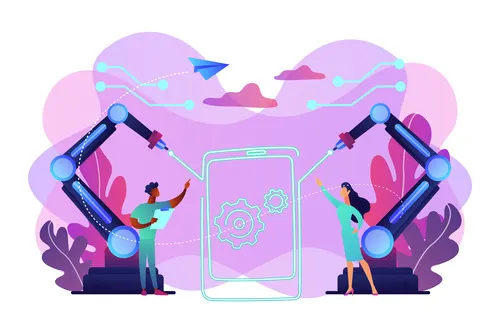
Conclusion: The Importance of Digitization and Digital Transformation
In a world where change is constant, understanding the nuances of digitization, digitalization, and digital transformation is crucial. Your business's needs depend on your goals, the competitive landscape, and your industry. Whether you're looking to optimize processes, enhance customer experiences, or remain agile in the face of disruption, there's a digital strategy that fits your unique journey. Embrace the digital era and use these concepts as steppingstones toward a more successful and sustainable future for your business.
Read more blogs here

